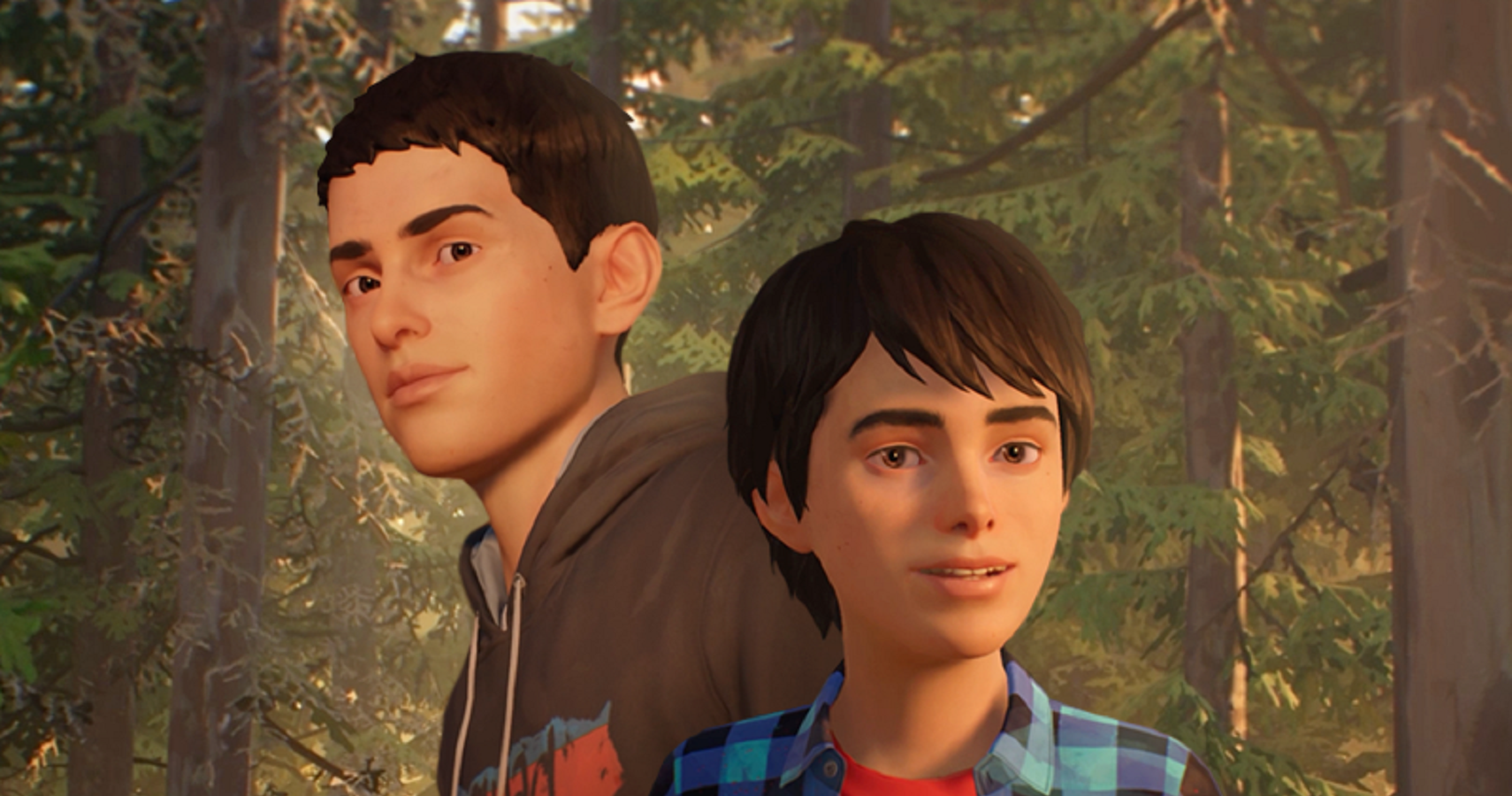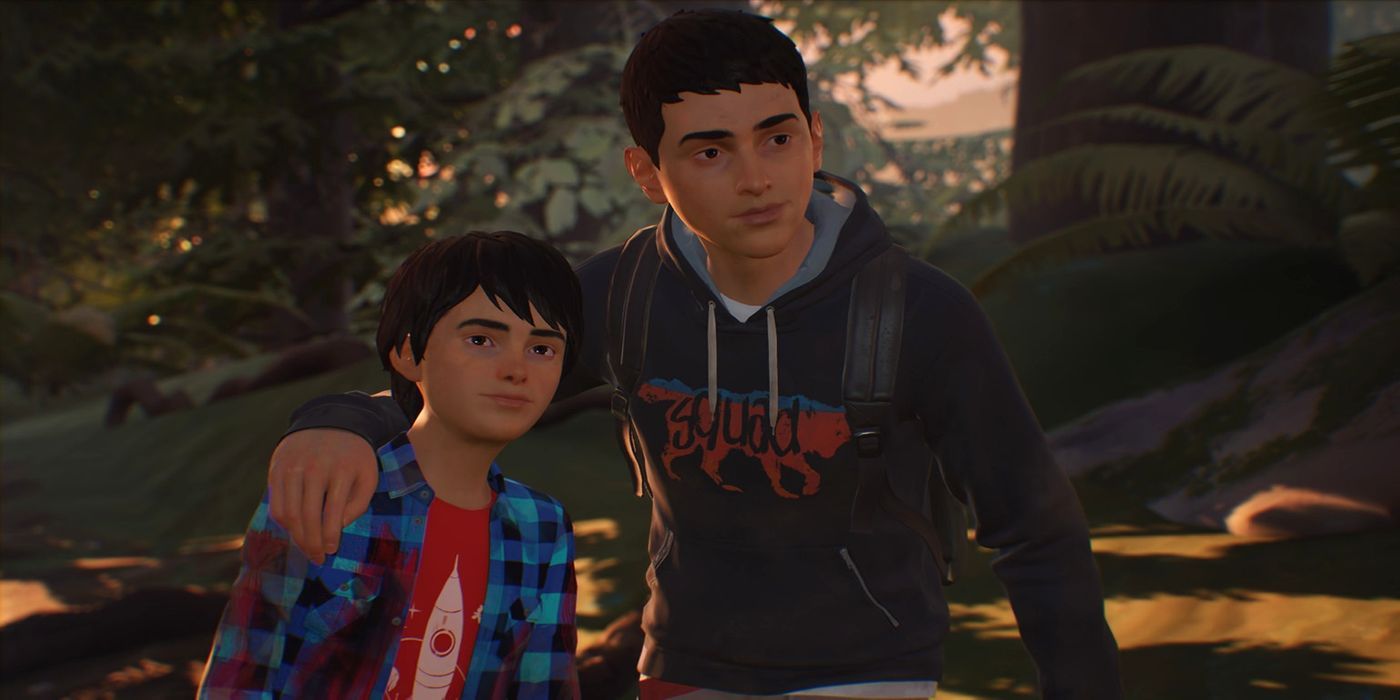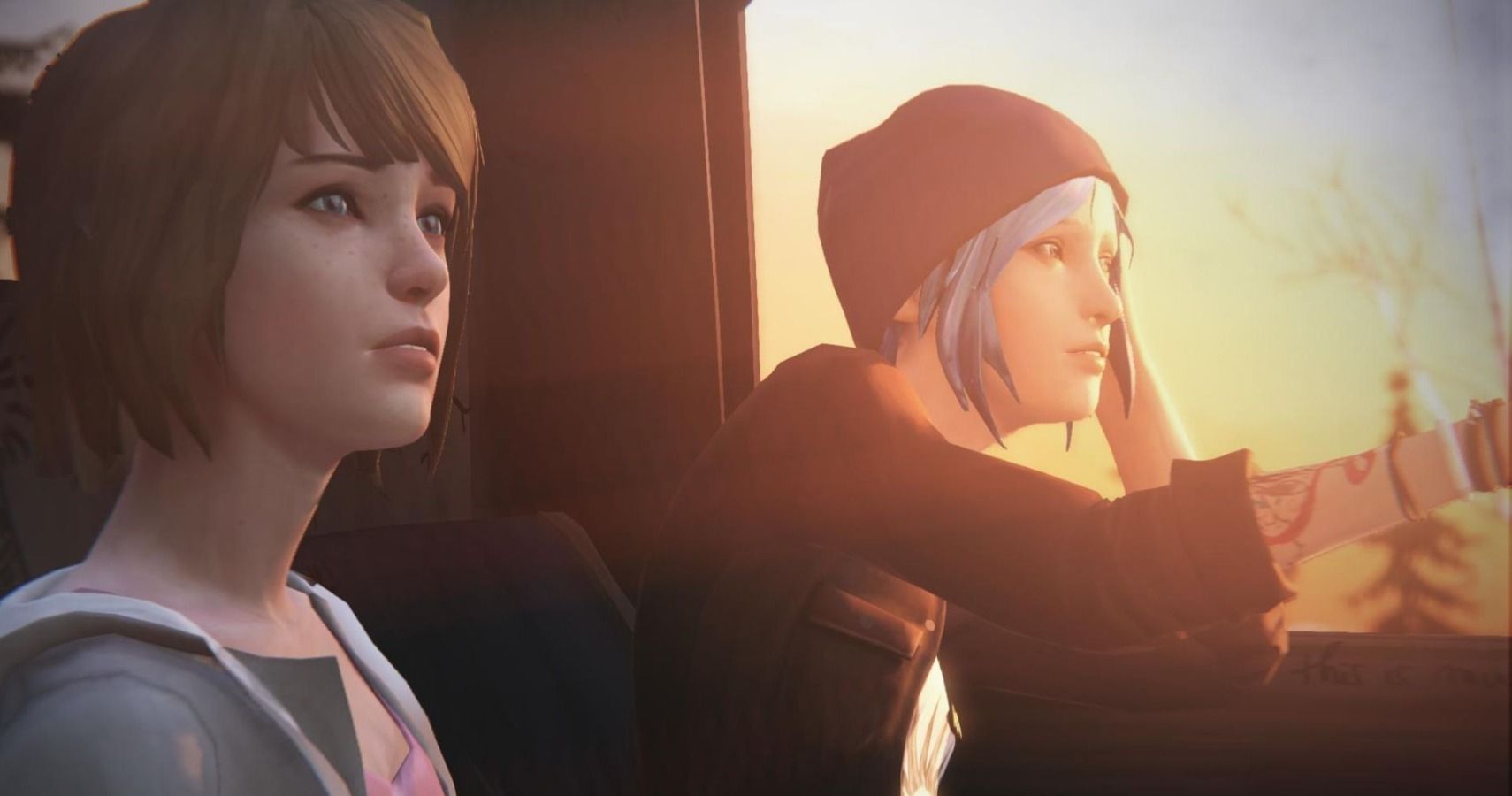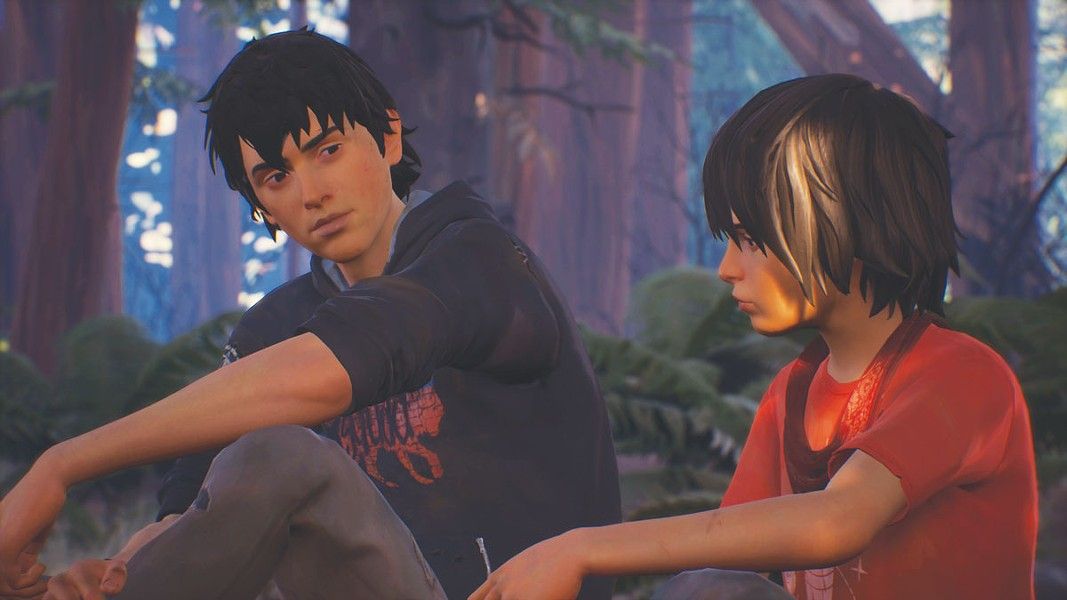I adore Life is Strange, so yesterday was a pretty good day for me. A new Life is Strange game - Life is Strange: True Colors - was revealed, as was the news that the original Life is Strange game and its spin-off, Life is Strange: Before the Storm, would be getting a complete remaster. That’s all great, and I’m sure I’ll have a lot to say about all three games in the coming months, but there’s a notable absentee there: Life is Strange 2. The adventures of the Diaz brothers were left out in the cold during the LiS celebration, and that’s a disappointingly familiar tale.
I’m not suggesting Life is Strange 2 needed to be remastered in the same way that the first game is going to be. I’m not asking for a spin-off or a continuation… I’m not really blaming Square Enix or DontNod at all. I’m excited to see where the franchise goes next with True Colors, and remastering Max, Chloe, and Rachel is just the icing on the cake. It’s not that I needed Life is Strange 2 news yesterday, it’s that the Diaz brothers not getting a look in has happened all too often.
Life is Strange and Life is Strange 2 move to similar beats, and considering Tell Me Why - LiS’ cousin - also follows the same basic path, I expect True Colors to do the same. The games feature a magical protagonist in a very unmagical world, where they experience a very grounded problem. Their magic will help them along the journey, but the games mostly shine when they focus on human moments. Life is Strange 2 makes this formula its own, but it follows the footsteps of Life is Strange. Yet it received - and continues to receive - far less coverage, is far less established in the gaming zeitgeist, and seems to have a smaller fanbase. As a huge fan of the entire series, I just can’t understand why.
You might say “well, it must just not have as good a story,” but I reject that flatly. Chloe Price, a potential love interest in the first game, was my first real experience of a lesbian story in mainstream media, and so my connection to the game runs deep. In terms of what I took out of it, Life is Strange is one of my favourite games of all time. But there are some missteps, both in the storytelling and in the integration of the choice-based mechanics; that’s to be expected in the series’ first outing. Life is Strange 2 improved on these flaws to tell a bolder story, but also made the decisions feel more natural, and this pattern continued with Tell Me Why’s more subtle responses. More than that, Life is Strange 2 was so incredibly of the moment - quite rare given how long games take to make - and it told a story that depicted such a specific pain from an angle rarely explored, yet also made the Diaz brothers feel so universal.
Sean and Daniel, the game’s leads, are both Latino. They were born and raised in America, but their father was a Mexican immigrant, and after he is shot by police in the opening scenes, they are forced to go on the run. They are treated like second-class citizens, and several times they are assumed to be immigrants - often with the negative, stereotypical connotations of this. They take a job picking marijauna and are reminded at every turn how helpless and disposable they are. Sean is also attacked by hicks who tell him to get out of their country and attempt to belittle him, and the game is acutely aware of the “build the wall” era it released into.
In fact, Sean and Daniel even attempt to cross the border wall, wanting to escape the USA for a new life in Mexico. Unfortunately, some guerrilla border patrol citizens have decided it’s their legal right to shoot any potential immigrants on sight, and the boys’ story almost ends in casualty. Games are typically terrified of anything that could possibly be taken as maybe slightly political. Life is Strange 2 is a game fiercely of and about the politics of modern day America.
You can prefer the first Life is Strange game, sure. For my own reasons, I certainly do. But the notion that Life is Strange 2 is a significantly weaker game and that this justifies its lack of coverage and lower standing in pop culture is frankly ridiculous. You could argue it’s because we’d all moved on from episodic releases by the time Life is Strange 2 hit shelves, but that’s a pretty weak retort too.
Part of the problem may be that Sean Diaz is queer. Both he and Life is Strange leading lady Max face a choice between two partners; each picking between a boy and a girl. I’d argue both characters are playersexual rather than bisexual, as it feels like you’re choosing to either make them straight or gay, but that’s an issue for another day. Typically, queer men are less prevalent in video games than queer women, for a whole bunch of reasons - the perception of men as the dominant audience, toxic masculinity putting men off playing a gay man (while allowing them to rationalise being a lesbian), the way lesbian relationships have been historically marketed as eye candy… it’s a long list. Sean’s potential queerness therefore may be a factor in LiS2’s lower standing, despite Max also being queer. It’s probably worth pointing out that Sean’s relationship is much smaller than Max’s too, since he is constantly forced to uproot his life and Max stays in the same place.
Being Latino plays a part as well, and while this might be a factor in and of itself, I suspect a bigger factor is how their heritage influences the story. It’s easy to root for the two queer white girls when the bad guy is an angry stepfather or a twisted teacher. It’s a lot harder when the bad guy is White America - it’s a lot harder when the bad guy is you. The whole thing starts because Sean and Daniel’s father - also Latino - is shot and killed by the police. Their father is talking calmly to the police officer in question, and all that has happened is that the kid who lives next door has been winded while the boys were fighting. He has red paint on his shirt that the cop mistakes for blood, but it’s very easy to believe he would have acted differently had the Diaz family been white. The police do not protect all and serve all equally.
You’re not the villain of the story simply by sitting at home and playing it while being white, but as a white person (admittedly a British one, I’m not an American) I was very aware that had I been Sean’s situations, things probably would have worked out better purely because of my skin colour - not to mention that there were several situations I never would have found myself in at all.
I don’t necessarily want a Life is Strange 2 remaster. The Diaz’s story is harrowing enough and I don’t think it’s the kind of game that innately benefits from better graphics in the way an open world game or a shooter would. I’m not really that disappointed that it didn’t get any real love yesterday at the Life is Strange showcase; I recognise that there are limits on how many Life is Strange games can be produced at once, and a new Life is Strange title plus two new remasters will already have taken plenty of work. It’s just disappointingly emblematic of Life is Strange 2’s position in popular culture. It took us places and asked questions most games are scared to even hint at, and yet it was constantly overshadowed by the first game which - while brilliant - was far less groundbreaking. With True Colors starring an Asian-American woman, at least Life is Strange has not been scared off telling us more diverse stories. I hope other franchises haven’t been either.




